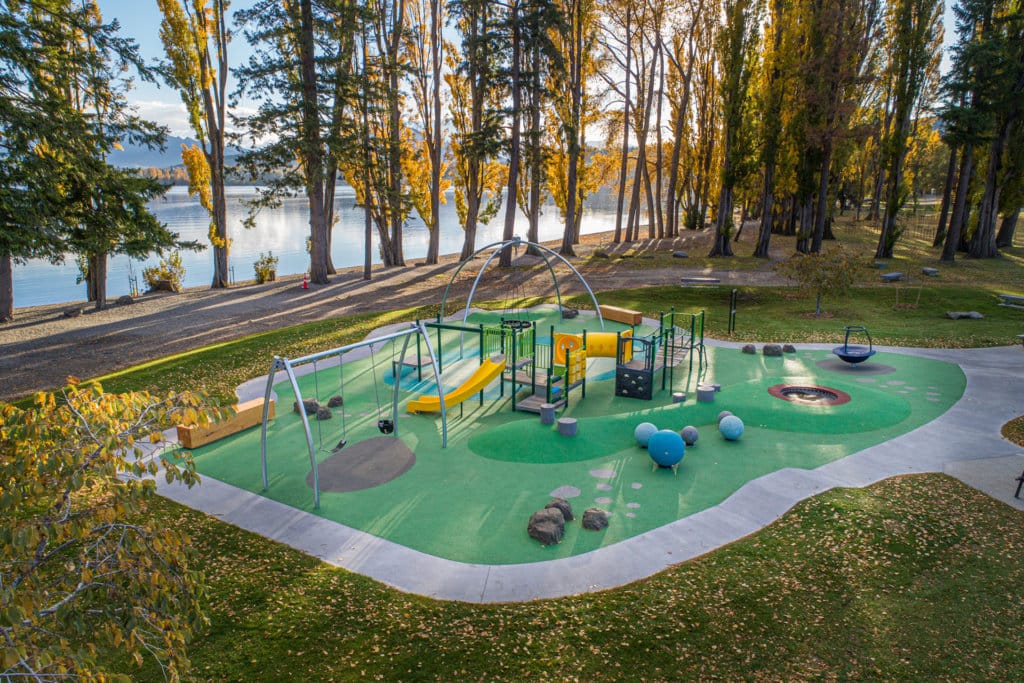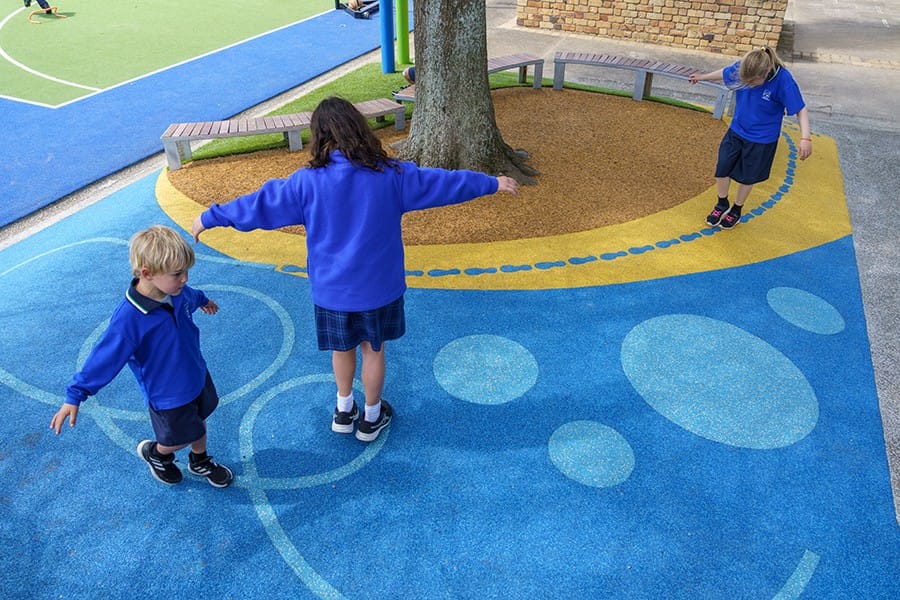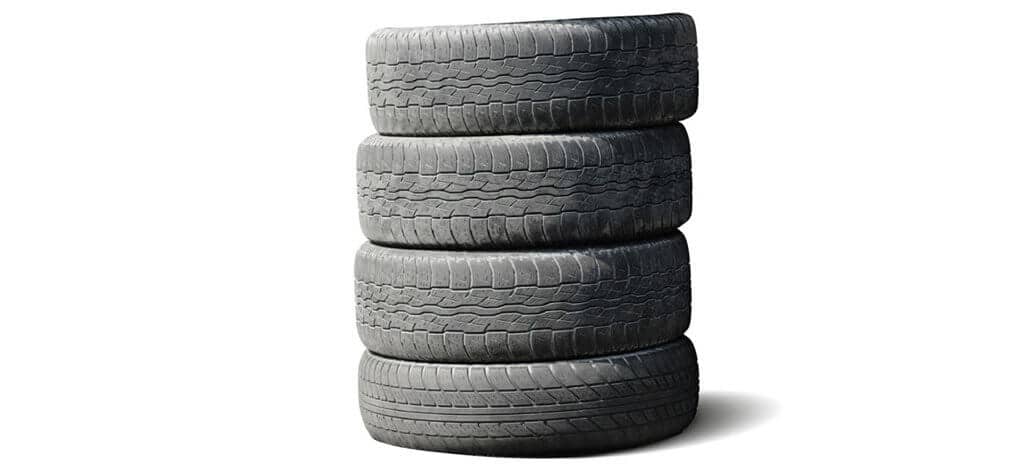Counting the cost of playground injuries in New Zealand

What’s the true cost of playground injuries in New Zealand?
Playground injury studies and recent statistics from the New Zealand Accident Compensation Corporation suggest that between 7000 to 10,000 Kiwi kids end up injured due to playground accidents each year. A large portion of these injuries are not minor. They tend to be broken bones, spinal injuries, and traumatic brain injuries that require hospitalisation.
There is a massive cost associated with playground injuries in New Zealand. The ACC pays out $45 million per year in claims and there are other hidden costs, such as ongoing disability, loss of income while caring for a child, kids missing out on school and sports activities, and families having to travel for hospital appointments.

Click Here to Download ‘The Ultimate Guide to Playground Surfacing” Free eBook
What are the main causes of playground injuries in New Zealand?
Falls are the major cause of injury in New Zealand playgrounds. In fact, almost 60% of serious injuries seen by emergency departments in New Zealand are caused by falls. Of those children admitted to hospital due to serious playground injury over 90% are the result of a fall.
Nationwide, falls from monkey bars have been the most common cause of injuries, followed by flying foxes, jungle gyms, climbing frames, seesaws, and merry-go-rounds. Some people make the case that because of this face, monkey bars should be banned from playgrounds, but this argument ignores factors such as the popularity and hence, high usage, of monkey bars compared to other types of playground equipment, and the poor quality of playground surfacing found in most playgrounds throughout New Zealand.
Managed risk: How does good surfacing minimize the risk of injury from playground falls?
A longitudinal study conducted by the National Centre of Accessibility at Indiana University showed there are multiple effective playground surface types including loose fill rubber chips, engineered wood fibre, poured in place rubber, and rubber tiles. The study noted that no playground surface is perfect and that all surfaces must be maintained to be safe.
In New Zealand, the Playground Equipment and Surfacing Standard (NZS 5828:2015) stipulates that impact attenuating surfaces must be used under all play equipment with a free fall height of more than 600mm and/or equipment causing a forced movement on the body of the user (think swings and roundabouts). The standard also notes that failure to properly maintain surfaces will result in impact attenuation being significantly reduced.

Numat’s Pour’n’Play and PermaPlay surfaces provide Critical Fall Height safety up to 3000mm and require minimal maintenance compared to loose-fill surfaces, such as bark and gravel. Loose-fill materials move with activity and weathering, and if left untended, they become uneven and ineffective in high use areas where impact attenuation is needed most.
Regular surface maintenance is the best way to ensure surfaces are compliant and that risks are managed.
Click Here to Download ‘The Ultimate Guide to Playground Surfacing” Free eBook
What else can be done to minimize playground injury risks?
Safekids Aotearoa is a service of Starship Children’s Health that was setup to help reduce the high rates of preventable injury to children in New Zealand. They provide a checklist for assessing playground safety on their website. The S.A.F.E. checklist focuses on four areas of assessment:
- Supervision – does the playground design aid caregivers in supervising children?
- Age appropriateness – does the playground provide age-appropriate equipment for the intended users?
- Fall surfacing and height – does the playground have a well-maintained safety surface?
- Equipment maintenance – is the playground equipment in good condition?
You can read more about SafeKids Aotearoa and download the S.A.F.E. checklist on their website:
http://www.safekids.nz/Resources/ProdID/106/CatID/7
References:
- https://injuryprevention.bmj.com/content/injuryprev/2/2/98.full.pdf
- It’s not all fun and games on playgrounds by TOM, HUNT, The Dominion Post, Feb 07, 2015
- https://www.stuff.co.nz/national/education/87719953/thousands-of-children-hurt-on-school-playgrounds
- http://www.safekids.nz/Portals/0/Documents/Resources/Falls/Safekids%20Playground%20Safety%20School%20lesson%20plan.pdf
- https://www.nzherald.co.nz/northern-advocate/news/article.cfm?c_id=1503450&objectid=11177413
- http://www.ncaonline.org/resources/articles/playground-surfacestudy.shtml
- https://shop.standards.govt.nz/catalog/5828%3A2015%28NZS%29/view



